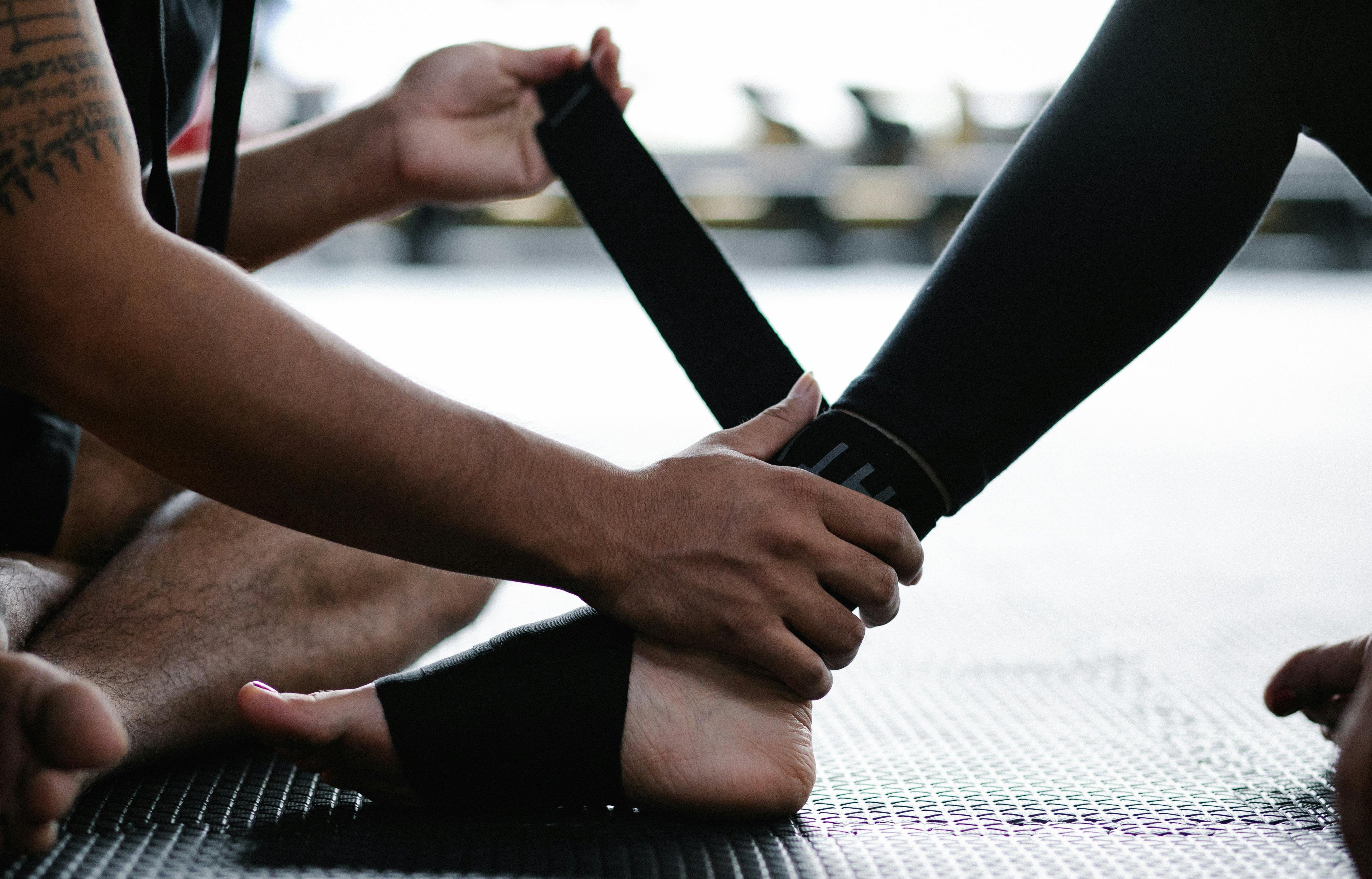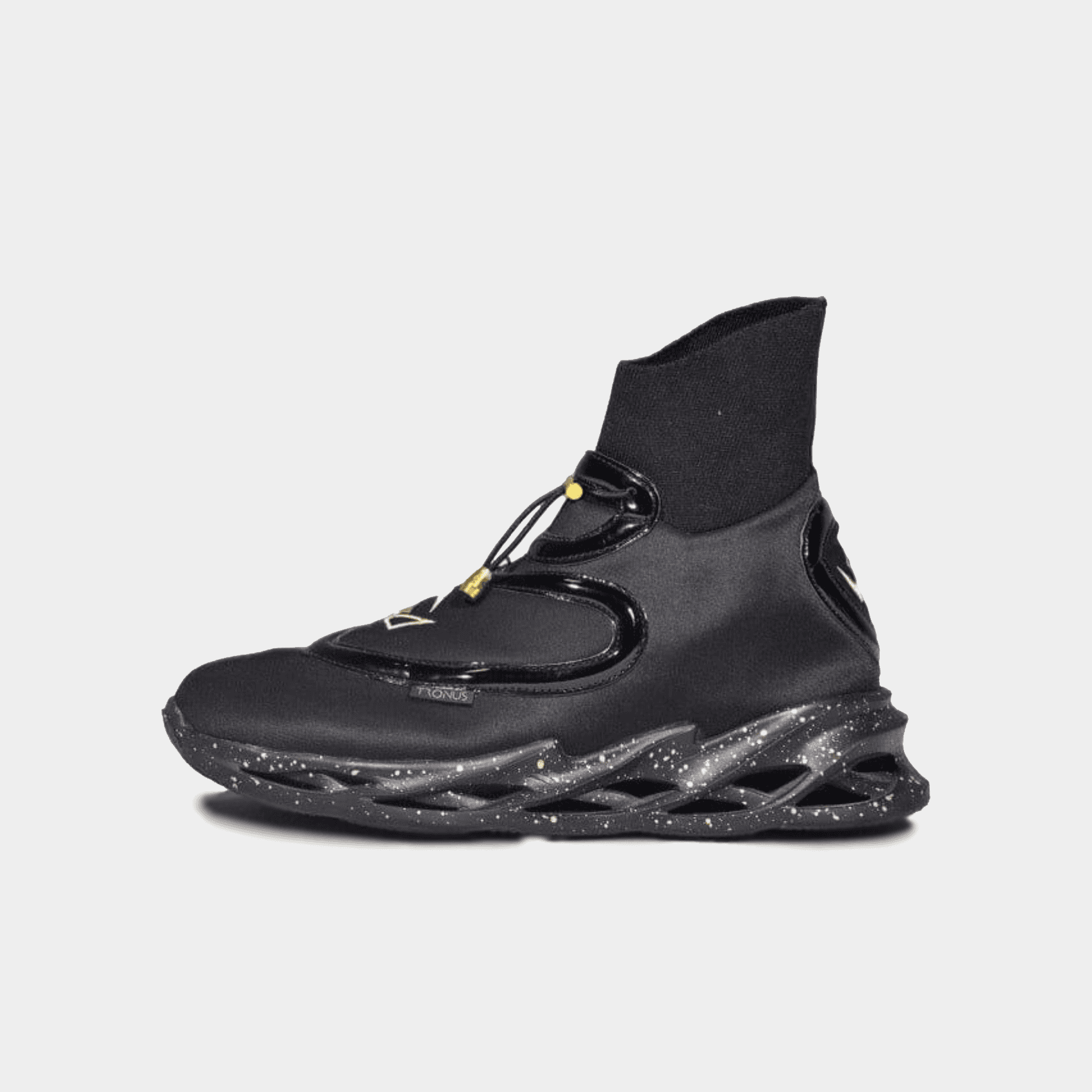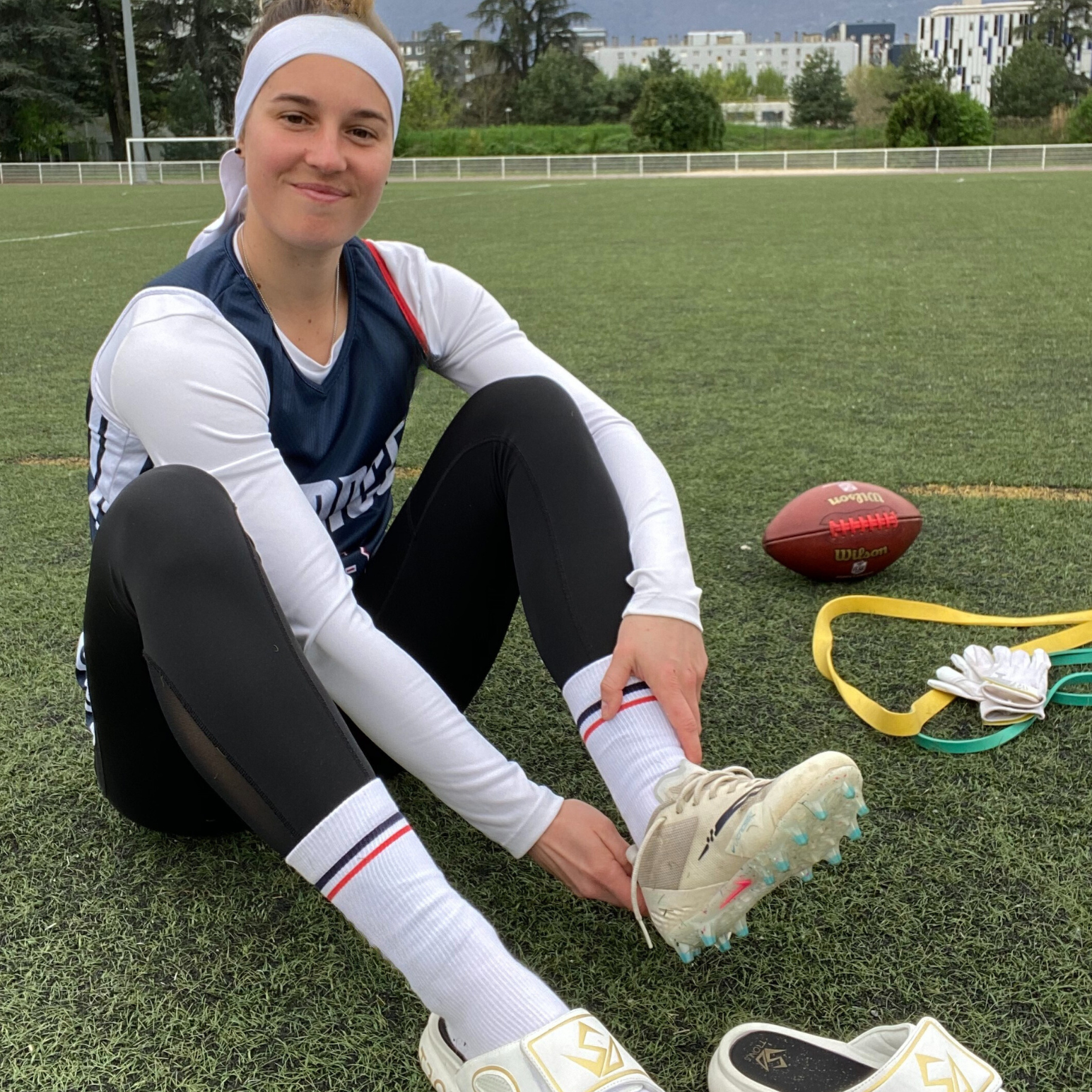Top 5 Recovery Techniques Used by the Pros

Top 5 Recovery Techniques Used by the Pros
When it comes to performing at their best, professional athletes know that recovery is just as important as training. Recovery allows the body to heal, rebuild, and prepare for the next challenge. Whether you're a seasoned pro or an amateur looking to level up, these five recovery techniques can help you stay at the top of your game.
1. Compression Therapy: Enhancing Recovery with Gear
Compression therapy involves wearing specialized garments like sleeves, socks, or pants that apply gentle pressure to specific areas of the body. This technique helps reduce swelling, improve blood flow, and speed up the removal of waste products like lactic acid from muscles.
Why It Works:
- Promotes circulation for faster recovery.
- Reduces muscle soreness and fatigue.
- Easy to use post-training or during travel.
Pro Tip: Pair compression gear with hydration and stretching for optimal results.
2. Foam Rolling: Relieving Tight Muscles
Foam rolling, or self-myofascial release, is a technique that uses a foam roller to massage and stretch tight muscles. It’s a go-to recovery method for many athletes because it’s affordable, portable, and effective.
Benefits:
- Relieves muscle tension and knots.
- Increases flexibility and range of motion.
- Improves blood flow to aid recovery.
How to Do It:
- Roll slowly over sore or tight areas for 20-30 seconds.
- Focus on major muscle groups like calves, quads, and back.
3. Contrast Baths: Hot and Cold Immersion Therapy
Contrast baths involve alternating between hot and cold water immersions to stimulate circulation and reduce muscle inflammation. This technique is popular among athletes for its ability to rejuvenate tired muscles.
The Science Behind It:
- Hot water dilates blood vessels, improving circulation.
- Cold water constricts vessels, reducing inflammation.
- The alternating effect flushes out metabolic waste.
How to Try It:
- Submerge in hot water (100-104°F) for 3-4 minutes.
- Switch to cold water (50-60°F) for 1 minute.
- Repeat for 3-5 cycles.
4. Active Recovery: Low-Impact Movement for Recovery
Active recovery involves engaging in low-impact activities like walking, swimming, or yoga to keep the body moving without adding stress. This method helps improve circulation and prevents stiffness.
Why It’s Effective:
- Enhances blood flow to deliver nutrients to muscles.
- Helps eliminate toxins and lactic acid.
- Keeps joints and muscles flexible.
Examples of Active Recovery Activities:
- Light cycling or jogging.
- Dynamic stretching or yoga.
- Swimming at a relaxed pace.
5. Meditative Practices: Relaxation for Body and Mind
Meditative practices like breathing exercises, mindfulness, and visualization techniques help athletes recover mentally and physically. Stress can hinder recovery, and meditation reduces cortisol levels, allowing the body to heal more effectively.
Key Techniques:
- Breathing Exercises: Deep, slow breaths to calm the nervous system.
- Guided Visualization: Picture your muscles relaxing and repairing.
- Progressive Muscle Relaxation: Tense and release muscle groups to reduce tension.
Benefits:
- Improves mental clarity and focus.
- Promotes relaxation and better sleep.
- Reduces stress and aids in muscle repair.
Incorporating Recovery into Your Routine
Recovery isn’t just for the pros—it’s essential for anyone who wants to perform at their best. By combining these techniques, you can reduce soreness, prevent injuries, and maintain peak physical and mental performance. Start small by adding one or two methods to your routine and build from there.
Remember: The better you recover, the harder you can train and compete.
Which recovery technique will you try first? Let us know in the comments or share your favorite recovery tips!






